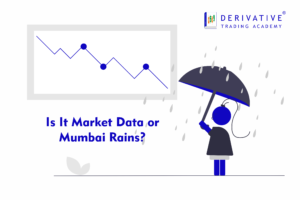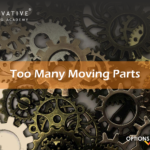Right Price; Big Value

It’s been a while that I have been writing to you about different topics relating to stock market and options in particular. But in the process of being more relevant to markets I probably missed out one important basic point to discuss and that is option pricing.
Option pricing is a very critical piece in the overall scheme of options trading. There are multiple methods of option pricing, like Black – Scholes, Cox Ross Rubenstein & Binomial Model. However, the most accepted and the one that Indian markets follow is the Black – Scholes (BS) model. This model was developed by Nobel laureates Fischer Black, Myron Scholes and Robert Merton.
Now, any option price is a combination of two parts: Intrinsic Value + Extrinsic Value / Time Value. So, if you hold a Nifty 11900 Call, which is currently quoting at Rs 80/- and the current underlying price is 11950. The intrinsic value is Rs 50/- rest of the price is the extrinsic value.
However, in case of At The Money (ATM) and Out the Money (OTM) options there is no intrinsic value. All the price is Extrinsic Value only. The model helps in giving a correct price to the extrinsic value.
Option price is a function of 5 factors:
- Spot price,
- Strike price,
- Time to Expiry,
- Volatility and
- Interest Rates.
So, given the fact that all the factors other than Volatility are known, volatility or implied volatility becomes the most crucial input for option pricing.
Any model is based on assumption. So, in-case of BS models as well there are certain assumptions attached. They are:
- The stock prices are log normally distributed
- The short selling of securities with full use of proceeds is permitted
- There are no transactions costs or taxes.
- All securities are perfectly divisible
- There are no dividends (this assumption was modified later on)
- There is no risk less arbitrage opportunities
- Security trading is continuous
- The risk free rate of interest is constant for all maturities and for all participants.
The assumptions of a model generally become its limitations. The limitations here are:
- the assumption of normality lead to underestimation of extreme moves, yielding tail risk.
- the assumption of instant, cost-less trading, yielding liquidity risk,
- the assumption of a stationary process, yielding volatility risk.
- the assumption of continuous time and continuous trading.
However, with all the above limitations as well it provides the best pricing possible. The pricing is so precise that there is hardly any arbitrage there. This concept is called “Put – Call Parity”. In case of any mispricing, arbitrage players immediately rectify it.
For instance, if we take Nifty December 12000 strike. The Call is quoting at Rs 36/- and the Put is quoting at Rs 108/. December futures are quoting at 11950. As, the put call parity principal,
Put Price + Futures Price = Call Price + Strike Price
108 + 11950 ≈ 12000 +36
12058 ≈ 12036
Hence, adjusted for transaction charges there would be no arbitrage available.
So, just as the science for any other method of valuation is well tested and accepted, so is in the case options. The finer and better that one prices it the better the value in the trade.
Happy Trading!!!




